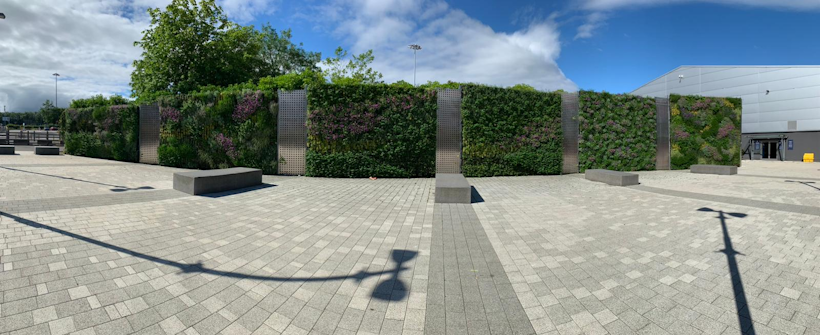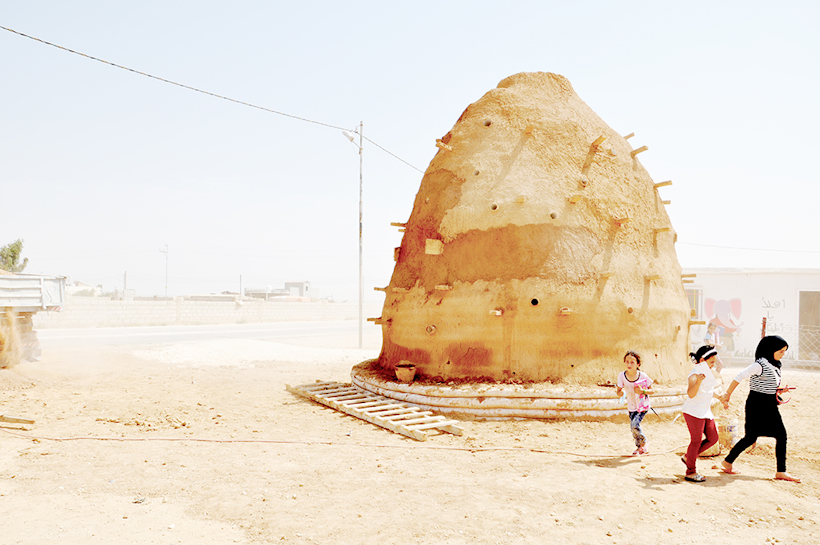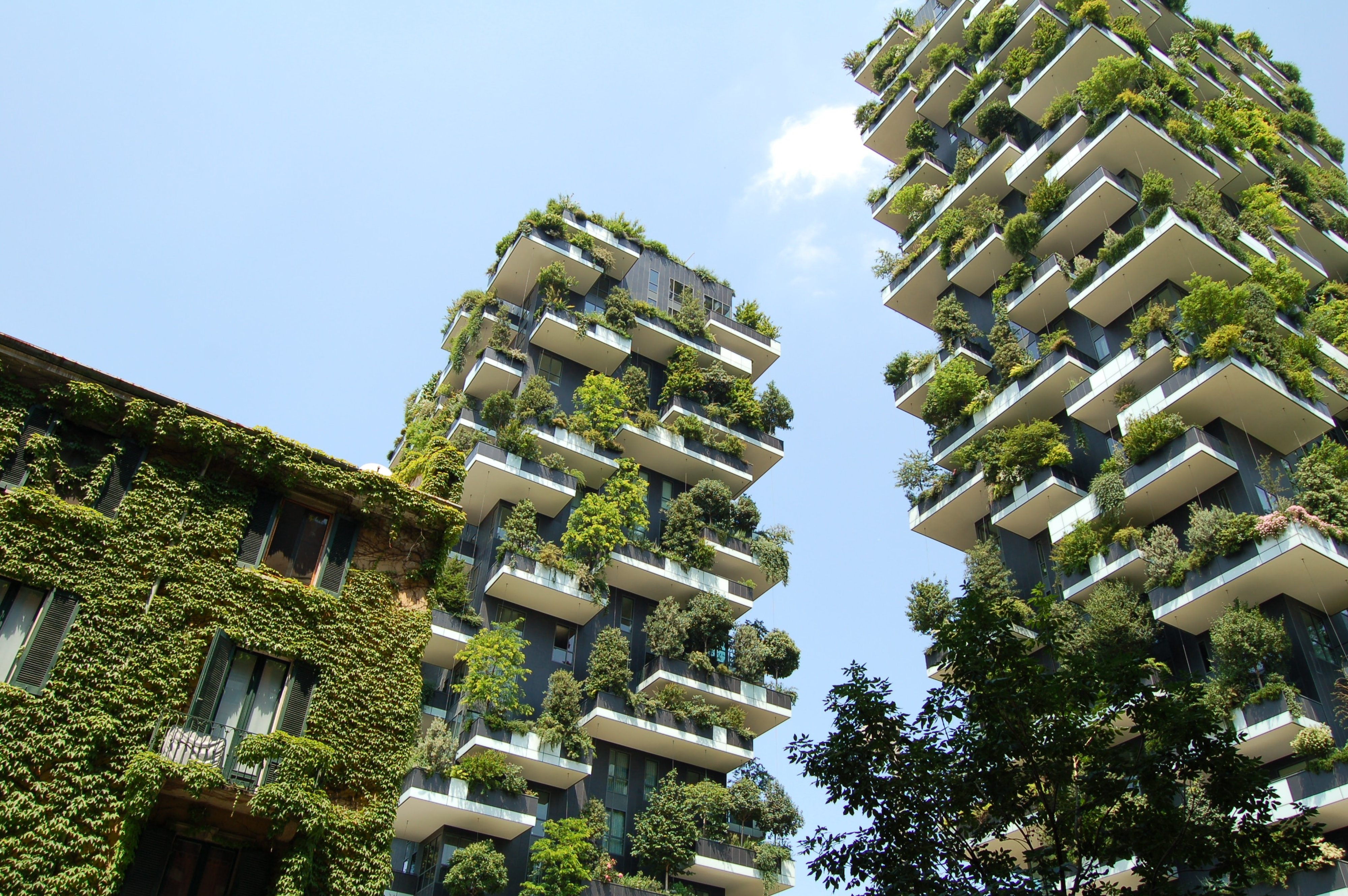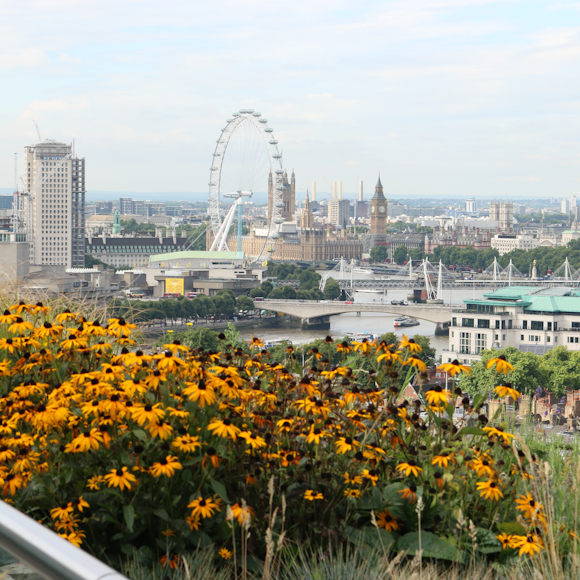Countries and cities around the world are declaring a climate emergency, with many more expected to do so in the near future.
Numerous experts suggest that the way to address this emergency is through ecological architecture. According to the U.S. Green Building Council, the construction industry accounts for 40% of worldwide energy usage, meaning that current architecture is not paying enough attention to its impact on the climate. Ecological architecture is becoming more popular, and the future of the industry will be determined by the world’s response to our changing planet. Natural and technical solutions are being adapted to address the future of ecological architecture. The methods that are applied today could make an incredible difference tomorrow.
669 jurisdictions in 15 countries have declared a climate emergency. Countries such as the UK, Ireland, France, and Canada have declared national emergencies. Other areas have declared emergencies on a city-wide or local level, including areas in the United States, Australia, New Zealand, Spain, and Switzerland. Movements like Extinction Rebellion and School Strike For Climate have led public protests to raise awareness and demand action from political leaders.

Cities are particularly affected by the changing climate, with issues like the urban heat island effect, urban canyons, and traffic emissions. In 2018, the UN estimated that 55% of the world’s population live in cities. This means that more than half of all people on earth are being negatively affected by current urban infrastructure. Some of the UK’s top architects have come together to form Architects Declare, a group of industry professionals who insist that the only way to save our planet’s climate is through ecological architecture.
Introducing natural elements to urban areas has proven to be one of the most effective ways of reducing pollutants and negating the effects of climate change. Some of the most popular ways to do this are with installations like green roofs and living walls. Installing features like these allows greenery to be added in areas that might not have free space on the ground level. Living walls are often cited as a great way to make use of the large vertical spaces in tall buildings, which would otherwise contribute to rising temperatures by reflecting heat. Urban greening has been shown to create cleaner air, improve morale, and even lessen urban crime. Adding green features to urban areas also encourages biodiversity. The plants in a living wall or green roof can be selected according to the local environment, giving local wildlife a place to feed and nest. The promotion of biodiversity is measured by many cities through the City Biodiversity Index.

Another aspect of ecological architecture which can be hugely beneficial to reducing the harm of climate change is the application of technology. This can include smart technology and solar panels, but it also means focusing on sustainable materials and high technical standards. Creating a standard can ensure that the buildings of the future are ready for a changing climate and can reduce environmental harm.
Smart technology applications such as solar panels, heating and cooling systems, and automatic lighting can lessen a building’s environmental impact. These applications can save on electricity use, fossil fuel reliance, and keep the building at an adequate temperature. These technologies can maintain the building’s interior, while the exterior is protected by resilient building practices. New buildings are being constructed with resilience against extreme weather in mind. This includes protection from extreme weather conditions like flooding and hurricanes.
There are many building certification systems that now address the ecological factors of construction. This is an excellent technical approach to ecological architecture because it creates a system through which architects and builders can work. Systems like HPI, BREEAM, and LEED are used to ensure sustainable practices and end products. By educating the industry on the importance of ecological architecture, it can become the norm.
Building projects around the world are already implementing ecological architecture practices. Many of these projects use local materials and practices to construct buildings that match the needs of the local environment. One group that is combining ecological architecture with humanitarian efforts is Emergency Architecture and Human Rights.
In the Gaza province of Mozambique, the local school in Maniquenique has been built in a specific way to deal with flooding. The local population was in need of a school and a flood shelter, so a building that met both needs was constructed. This building stands 1.5 metres above ground, higher than the level reached by the Limpopo River during flooding. This building was also constructed using local labour.
Another classroom was built just outside the Za’atari refugee camp, 10km from the Syrian border in Jordan. The building was done using the superadobe technique, where the walls are built with bags of earth. This method doesn’t require skilled labourers and uses local materials. Local materials saves on transport emissions and also means that the building is perfectly designed for the area. Using earth as the primary material means the classroom can withstand the Jordanian heat far better than cement or corrugated metal.

As the effects of climate change become increasingly evident, it’s time for the world to turn to ecological architecture and make the buildings of the future more sustainable. Activists and architects have all spoken out about how things need to change. Adding natural elements to urban environments has proven to be effective, and green installations are growing in popularity every day. More governments are using ecological building certifications to construct buildings that are created responsibly and will not create environmental harm. Ecological architecture practices are being used across the world to great effect- this industry continues to grow, and hopefully reduce climate change.


